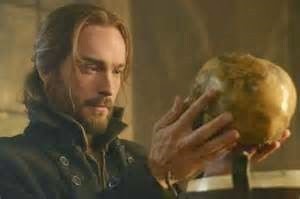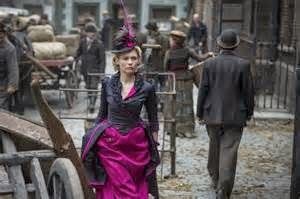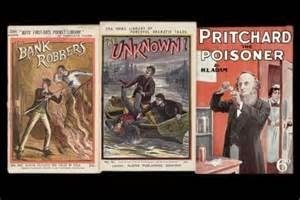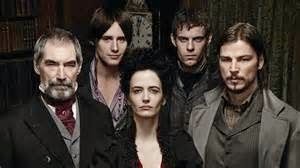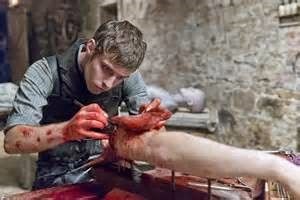
“Every rereading of a classic is as much a voyage of discovery as the first reading.” —Italo Calvino
* * *
After a friend of mine shared a bunch of quotes about the classics by Italo Calvino, I went in search of a good list of classic literature. Well, it was like going in search of a glass of water and finding yourself on the shore of an ocean.
It turns out there are many different lists of classic literature, some with hundreds of books on them. It made me wonder who gets to decide what books are labeled as classics.
“We use the words “classics” for books that are treasured by those who have read and loved them; but they are treasured no less by those who have the luck to read them for the first time in the best conditions to enjoy them.” —Italo Calvino
* * *
Goodreads lists one thousand seven hundred and ninety (gulp) “must read classics.” The ranking on their list is driven by reader votes. Here are the top ten plus a few more that I thought deserve consideration.
![]()
1. To Kill a Mockingbird by Harper Lee
![]()
2. Pride and Prejudice by Jane Austen

3. 1984 by George Orwell
![]()
4. Jane Eyre by Charlotte Bronte
![]()
5. The Great Gatsby by F. Scott Fitzgerald
![]()
6. Animal Farm by George Orwell
![]()
7. The Count of Monte Cristo by Alexandre Dumas

8. The Lord of the Rings by J.R.R. Tolkien
![]()
9. Little Women by Louisa May Alcott
![]()
10. The Hobbit by J.R.R. Tolkien
“The classics are books that exert a peculiar influence, both when they refuse to be eradicated from the mind and when they conceal themselves in the folds of memory, camouflaging themselves as the collective or individual unconscious.” —Italo Calvino
* * *
Here are few more books that were further down the list. I had to stop the total list at twenty-five or I would never have finished this post.
Lord of the Flies by William Golding
The Catcher in the Rye by J.D. Salinger
Crime and Punishment by Fyodor Dostoevsky
The Diary of a Young Girl by Anne Frank
The Adventures of Huckleberry Finn by Mark Twain
A Tale of Two Cities by Charles Dickens
Alice in Wonderland by Lewis Carroll
The Grapes of Wrath by John Steinbeck
Brave New World by Aldous Huxley
The Iliad by Homer
War and Peace by Leo Tolstoy
Don Quixote by Miguel de Cervantes Saavedra
All Quiet on the Western Front by Erich Maria Remarque
A Tree Grows in Brooklyn by Betty Smith
Moby Dick by Herman Melville
“The classics are books which, upon reading, we find even fresher, more unexpected, and more marvelous than we had thought from hearing about them.” —Italo Calvino
* * *
Some of the books listed above had an enormous impact on me. I’m afraid I may have read others when I was too young, and I need to revisit them.

So TKZers: How do you define a classic novel? Have you read any of the classics listed here? What books would you cite as classics that I haven’t included? Which books have you re-read? Which would you like to re-read?
* * *
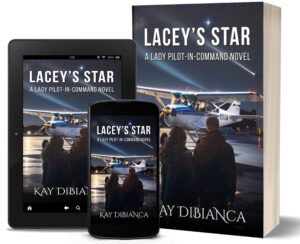
It’s not a classic (yet), but Lacey’s Star is an entertaining and thought-provoking mystery.
Available at Amazon, Barnes & Noble, Kobo, Google Play, or Apple Books.

